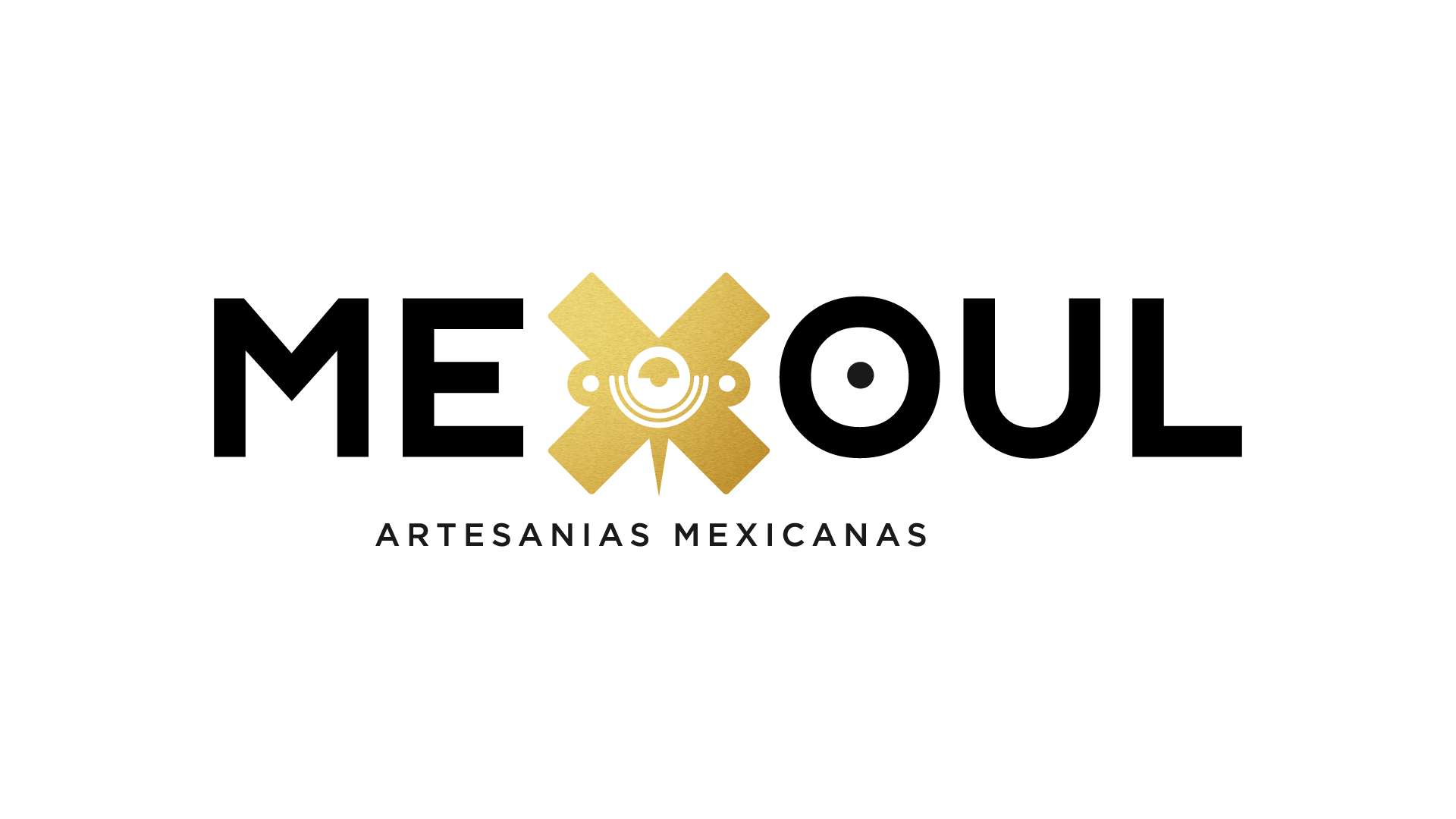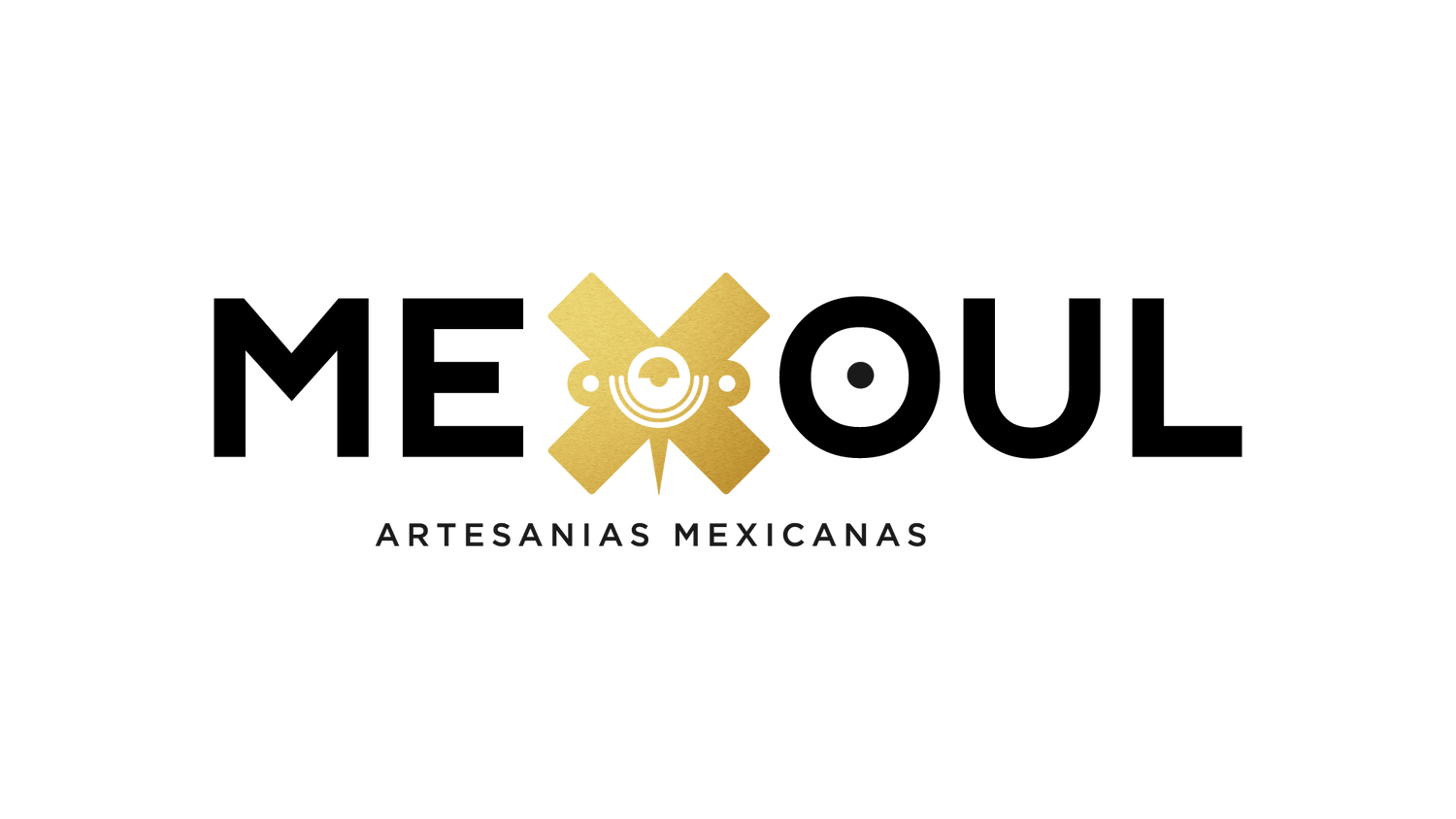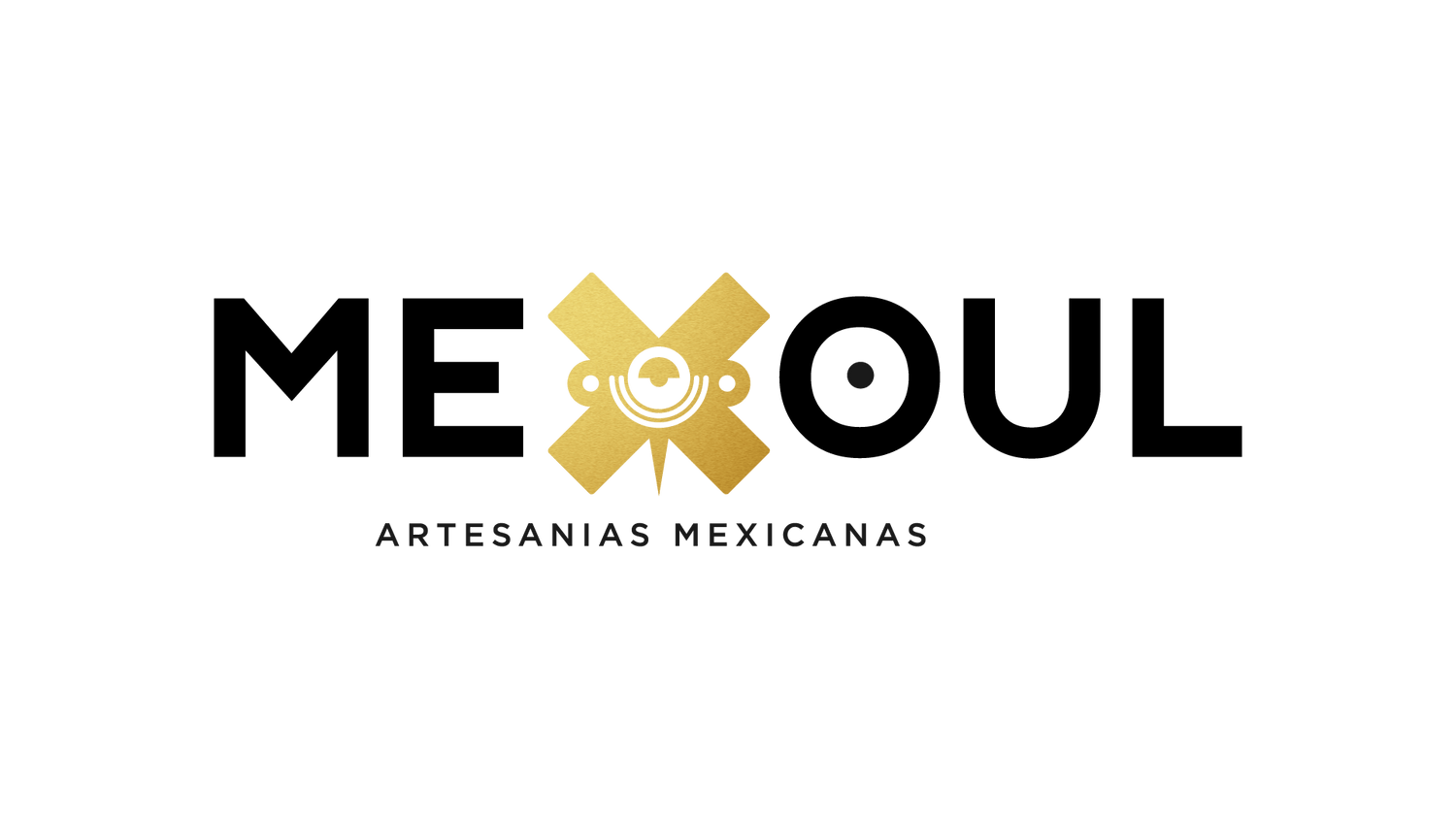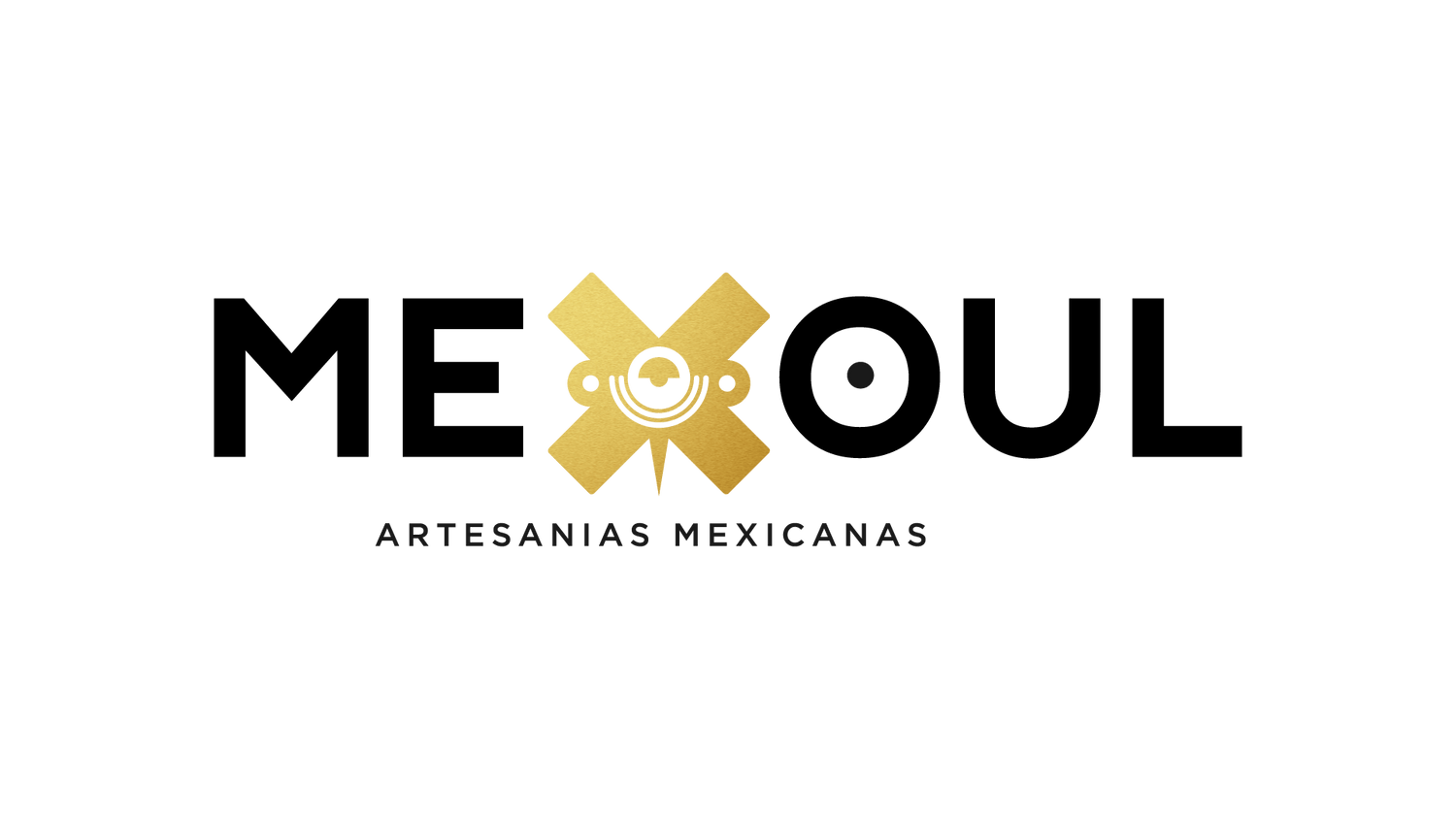
**The History and Craftsmanship Behind Mexican Art Forms**
Francisco LaddagaMexico, a nation renowned for its vibrant culture and rich history, boasts a diverse array of art forms that reflect its complex heritage. From ancient civilizations to contemporary expressions, Mexican art is a testament to the country’s artistic evolution and its profound connection to its past. The history and craftsmanship behind Mexican art forms reveal a narrative of cultural blending, innovation, and preservation that continues to captivate and inspire.
**Ancient Roots: The Foundations of Mexican Art**
Mexican art has ancient roots that date back to pre-Columbian times. The Olmec civilization, one of Mexico's earliest cultures, is known for its colossal stone heads, which are marvels of both engineering and artistry. These heads, carved from basalt, display the Olmecs' sophisticated understanding of sculpture and their complex social structures.
The Maya and Aztec civilizations further expanded the scope of Mexican art. Maya art is renowned for its intricately carved stelae and elaborate murals found in places like Palenque and Bonampak. These artworks offer glimpses into Maya mythology, historical events, and elite society. Aztec art, on the other hand, is celebrated for its grandeur and complexity, seen in monumental sculptures like the Sun Stone and the detailed stone reliefs adorning temples and palaces.
**Colonial Influences and Artistic Syncretism**
The arrival of Spanish colonizers in the 16th century marked a significant turning point in Mexican art. The fusion of indigenous and European influences led to the emergence of a unique artistic style known as colonial art. This period saw the integration of European techniques, such as oil painting and perspective, with indigenous themes and symbolism.
One of the most notable examples of this syncretism is the colonial architecture seen in many Mexican churches. The Baroque style, characterized by its elaborate ornamentation, was adapted to include indigenous motifs and materials. Artists like Juan Correa and Miguel Cabrera blended European artistic traditions with local themes, creating a distinctive Mexican Baroque style that remains a hallmark of colonial art.
**The Mexican Mural Movement: Art as Social Commentary**
The early 20th century was a period of profound change and artistic innovation in Mexico, thanks in large part to the Mexican Mural Movement. Led by prominent artists such as Diego Rivera, David Alfaro Siqueiros, and José Clemente Orozco, this movement sought to use art as a means of social and political commentary.
These murals, which can be found in public buildings across Mexico, are celebrated for their powerful depictions of Mexican history, politics, and social issues. Rivera's murals at the National Preparatory School, for instance, illustrate the struggles of the working class and the rich tapestry of Mexican history. Siqueiros and Orozco similarly used their art to address themes of social justice, revolution, and national identity.
**Craftsmanship and Traditional Art Forms**
While Mexican painting and sculpture have evolved over centuries, traditional crafts remain a vital part of the country’s artistic heritage. Mexican artisans are renowned for their skill in creating intricate and beautiful objects using traditional techniques passed down through generations.
**Talavera Pottery** is one such traditional craft. Originating in the Spanish colonial period, Talavera pottery is distinguished by its bright, hand-painted designs and intricate patterns. Artisans in Puebla continue to create these stunning ceramics using methods that have been refined over centuries.
**Textile arts** are another integral part of Mexican craftsmanship. The vibrant textiles produced by indigenous communities often feature elaborate embroidery and weaving techniques that are unique to each region. The use of natural dyes and traditional weaving methods helps preserve cultural identities and keep ancient techniques alive.
**Alebrijes**, fantastical wooden sculptures painted in vivid colors and patterns, are a more recent addition to Mexican folk art, originating in the mid-20th century. These imaginative creations often depict mythical creatures and showcase the creativity and skill of contemporary Mexican artists.
**Conclusion: A Living Tradition**
The history and craftsmanship behind Mexican art forms are a reflection of the country’s rich cultural tapestry. From ancient civilizations to modern movements, Mexican art encompasses a wide range of styles and techniques, each contributing to the narrative of a nation deeply connected to its past. As Mexico continues to evolve, its artistic traditions endure, offering a window into the soul of a country that values both its heritage and its future. Whether through ancient sculptures, colonial murals, or traditional crafts, Mexican art remains a dynamic and living tradition, celebrated for its beauty, complexity, and resilience.




